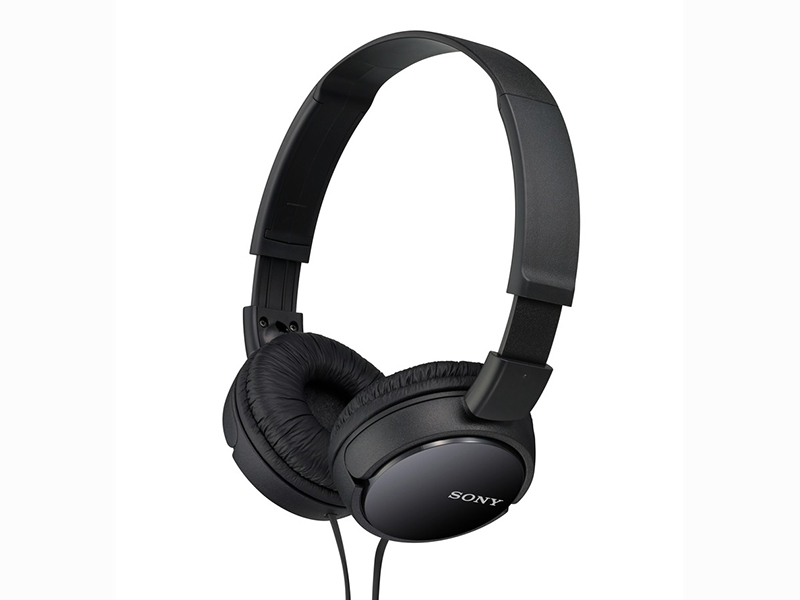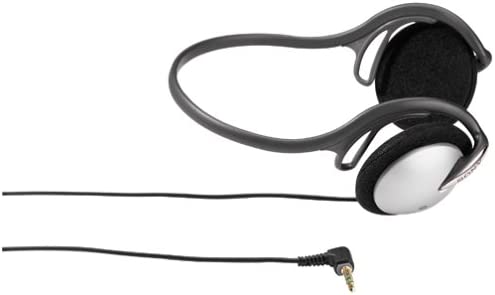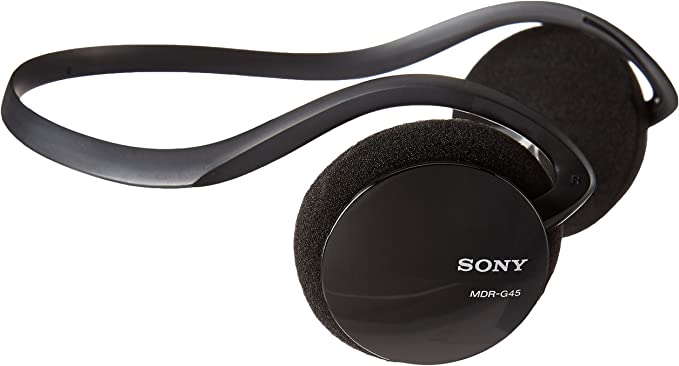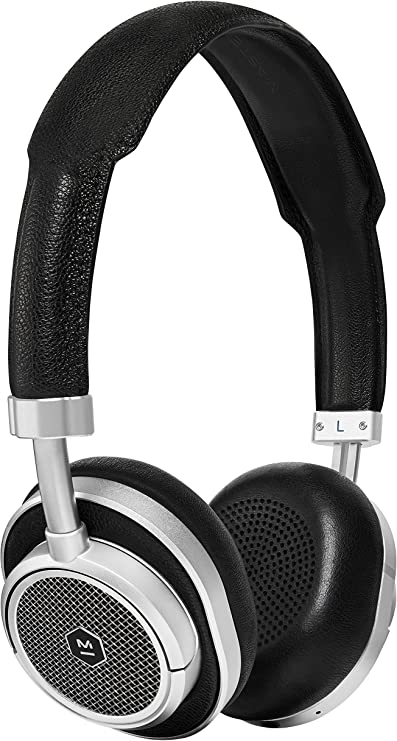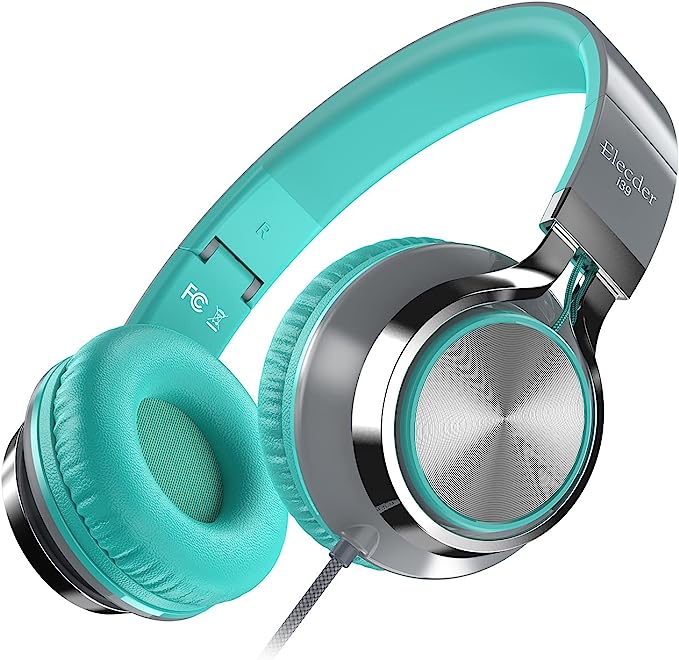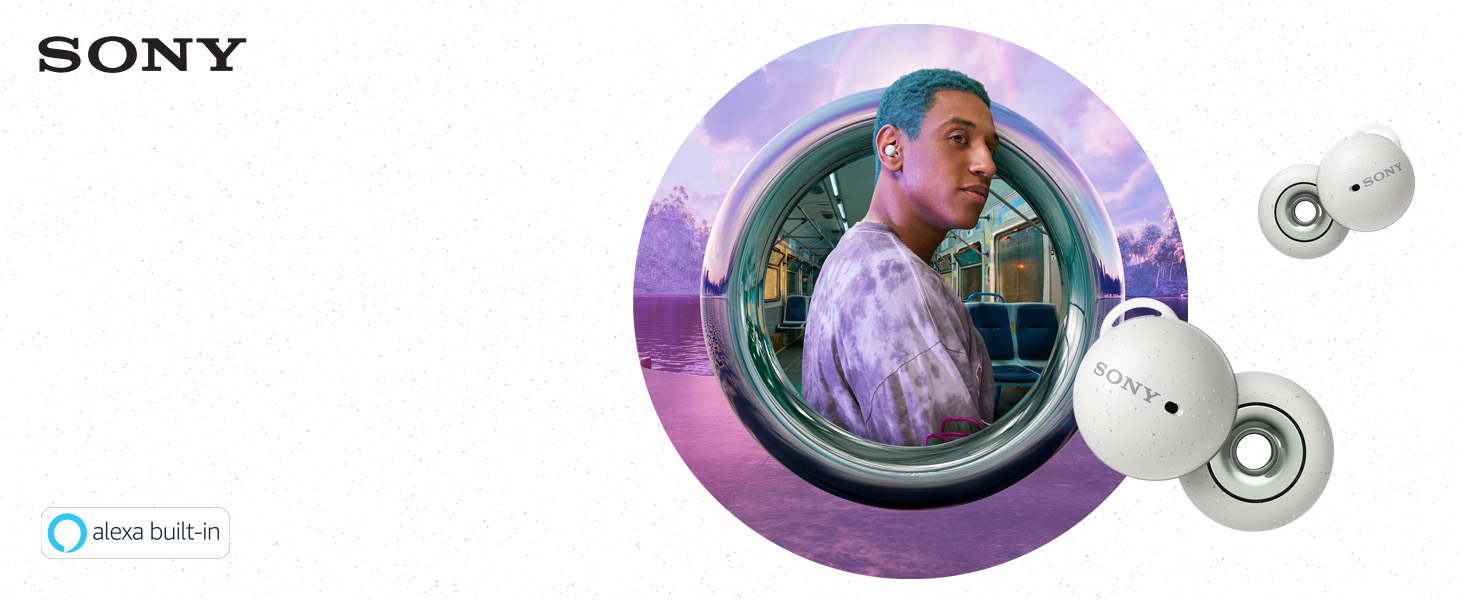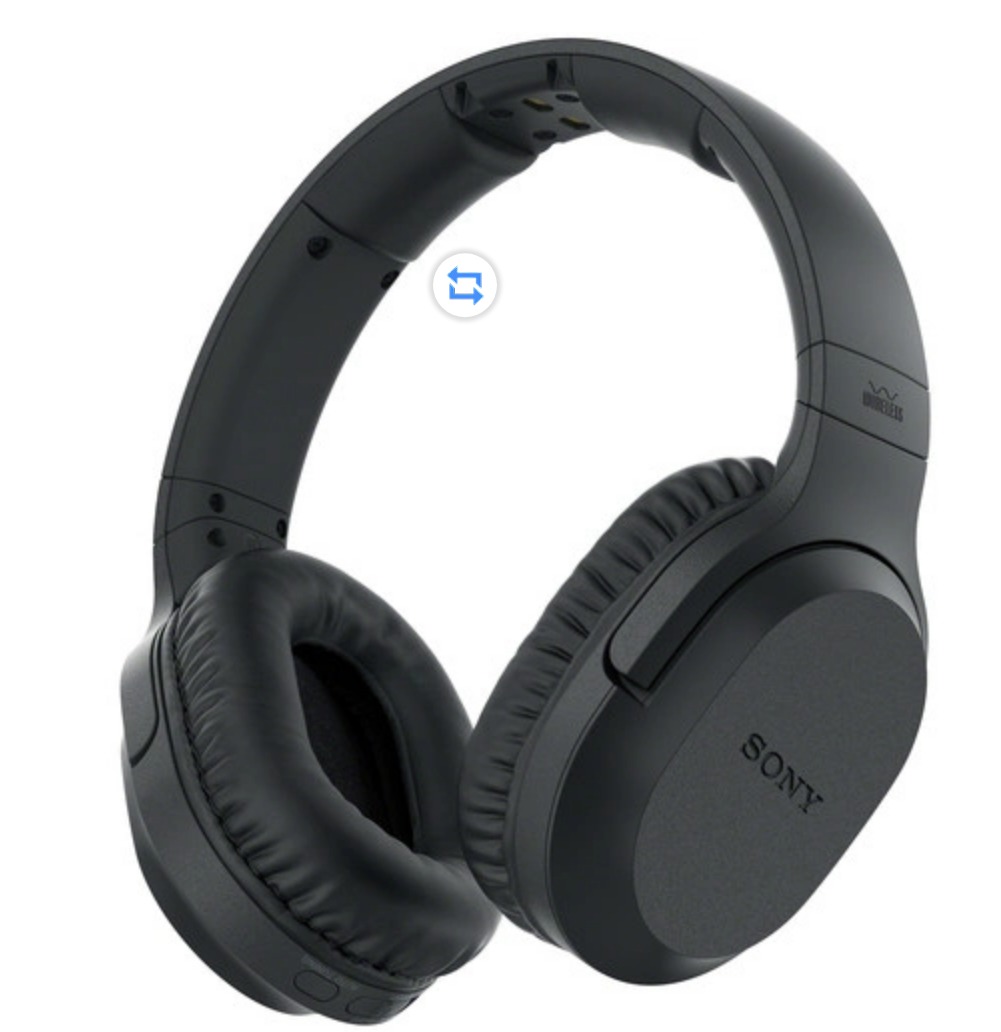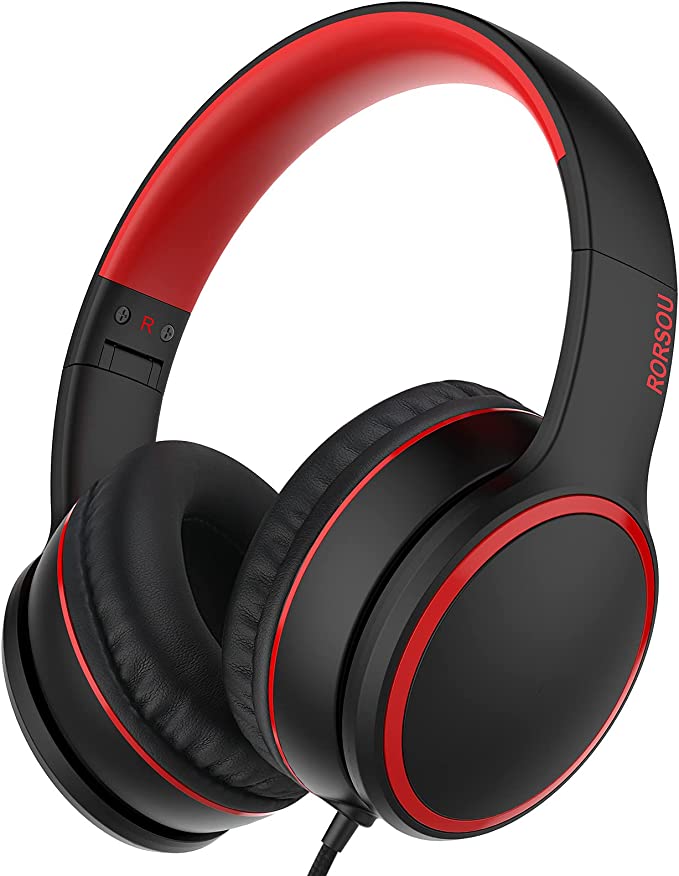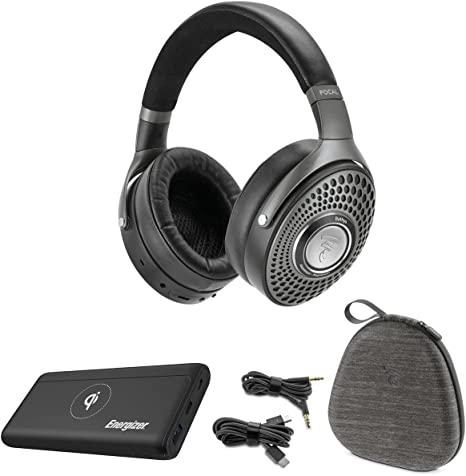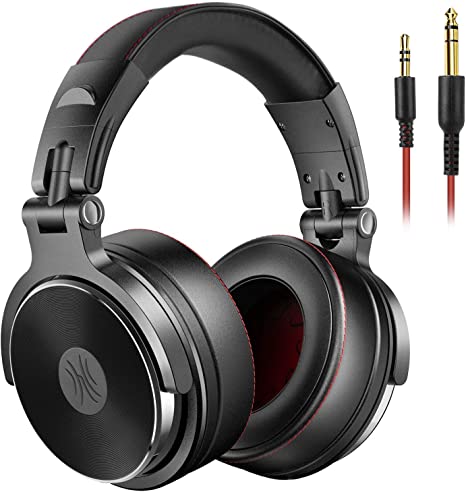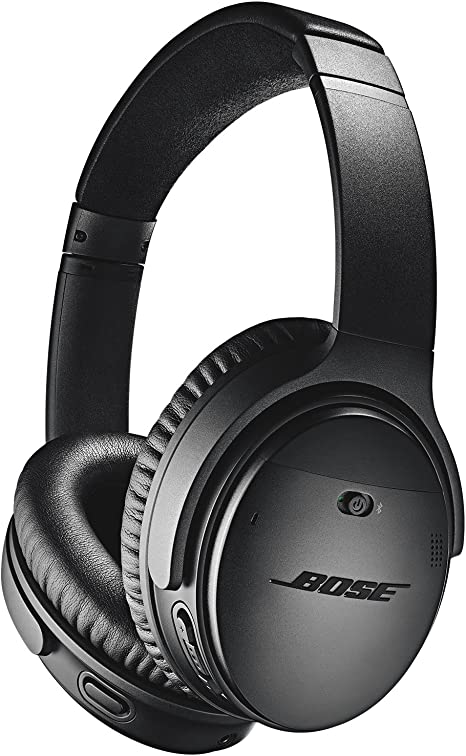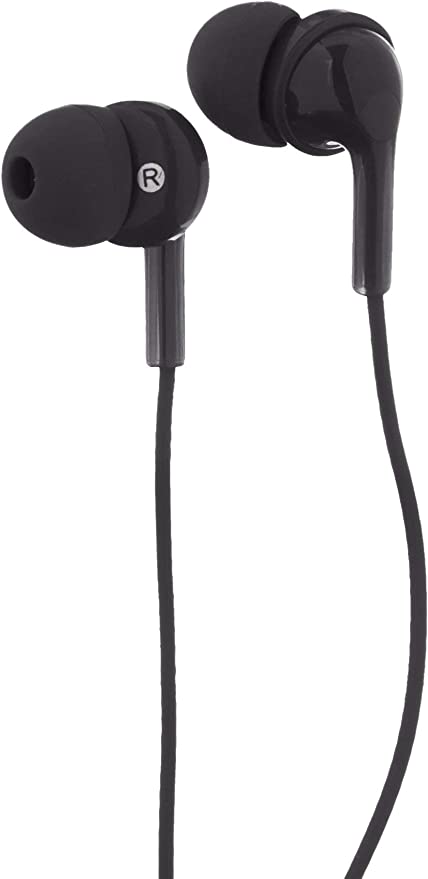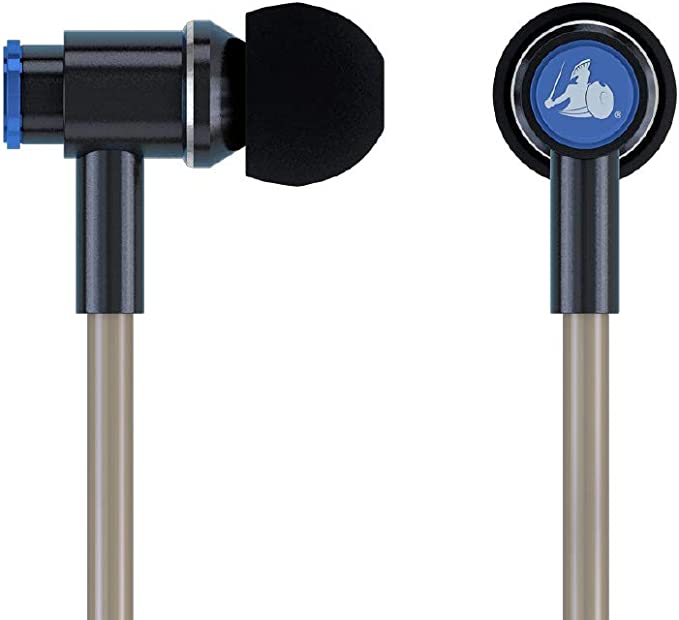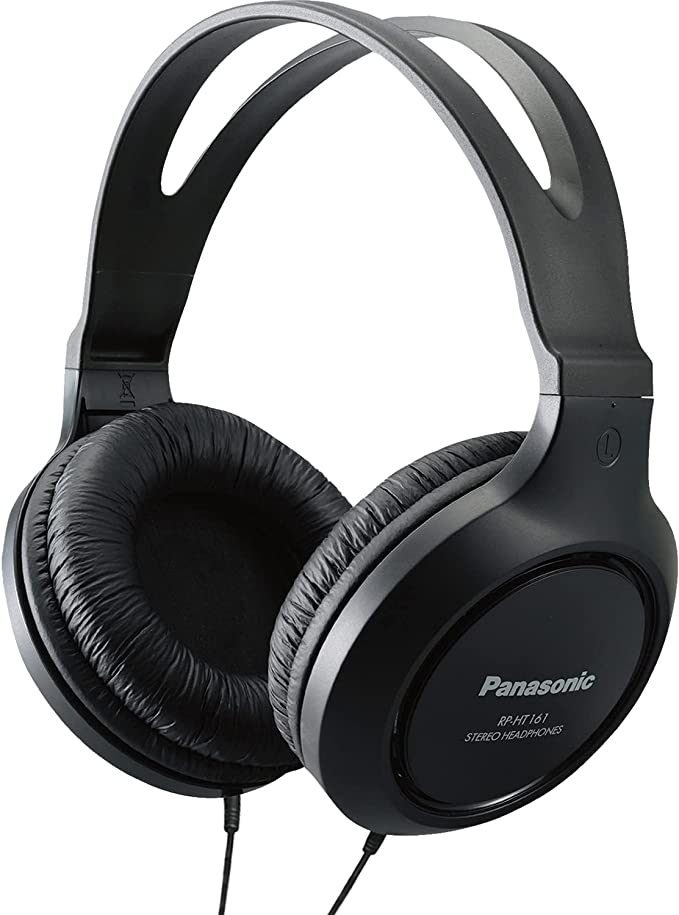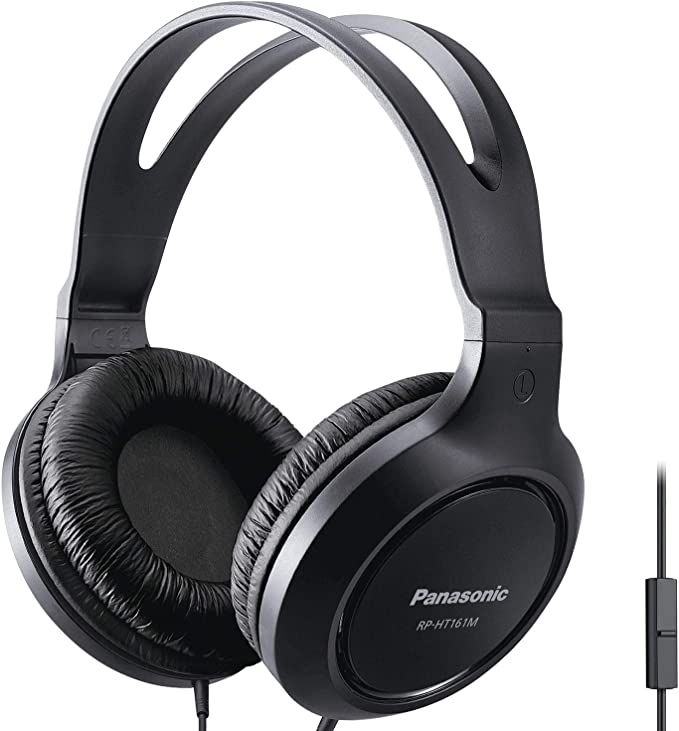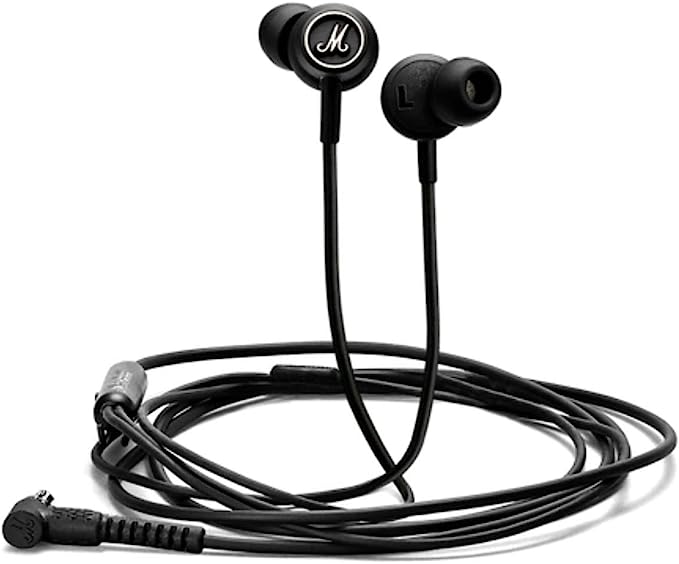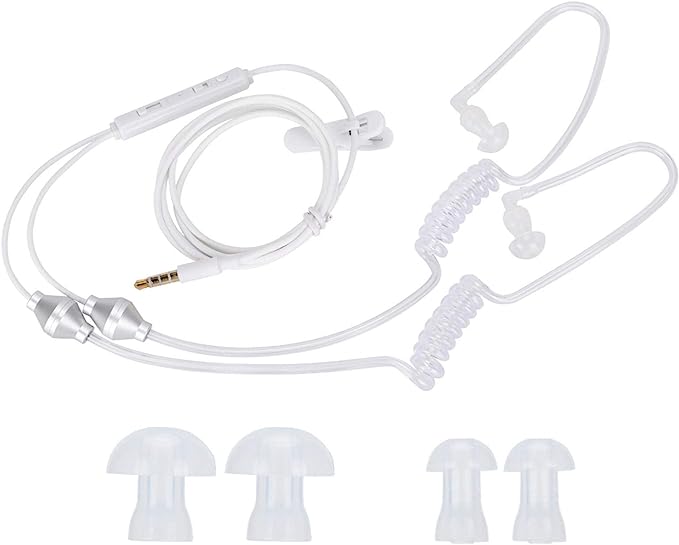Sony MDR-770LP Headphones: Comfort and Quality Sound on the Go
Update on March 7, 2025, 5:07 p.m.
A Stroll Down Memory Lane: The Rise of Portable Audio
Before the era of smartphones and streaming music, the portable audio landscape was vastly different. The Sony Walkman, introduced in 1979, revolutionized how we listened to music, liberating it from the confines of our homes. But with this newfound freedom came a new challenge: how to enjoy music privately in public spaces. This is where headphones, particularly portable on-ear headphones like the Sony MDR-770LP, came into play.
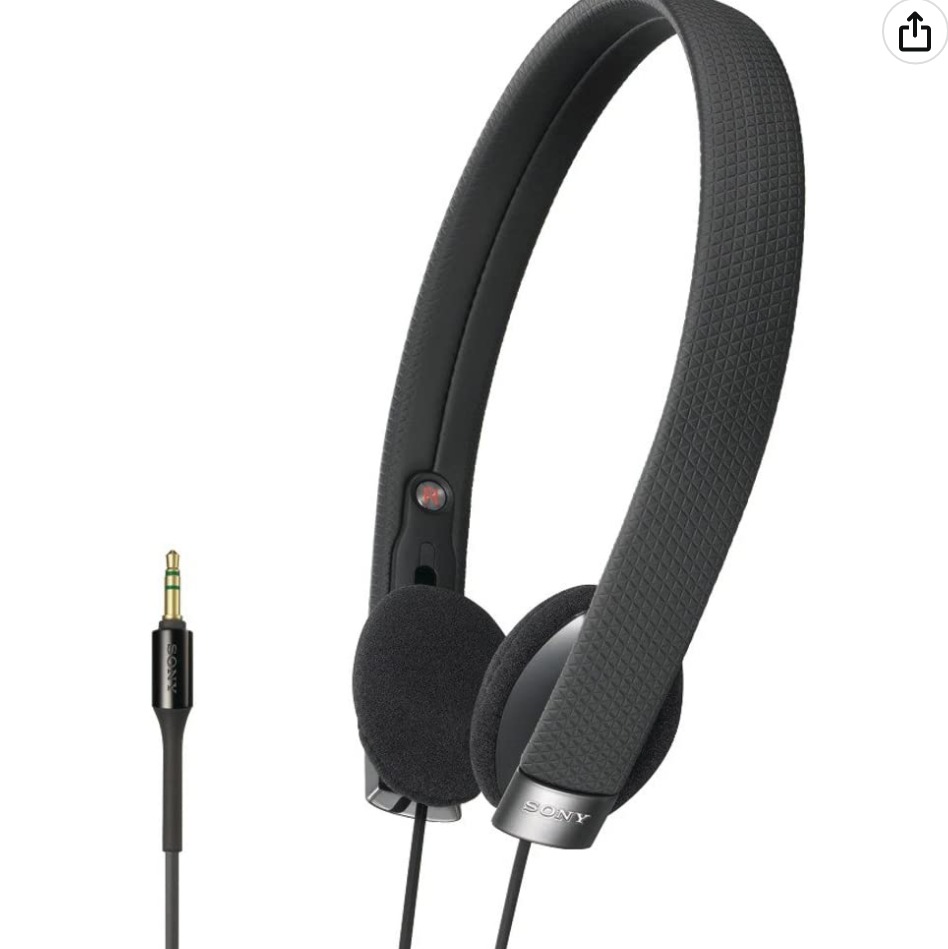
The Quest for Comfort: More Than Just Soft Padding
Early portable headphones often prioritized portability over comfort. Many were clunky, heavy, and exerted excessive pressure on the ears, making extended listening sessions a painful ordeal. The designers of the Sony MDR-770LP, released in the mid-2000s, clearly understood this problem. They tackled it on several fronts.
First, the headphones were engineered to be lightweight. At just 6.4 ounces (around 180 grams), they wouldn’t weigh you down during your commute or walk. But lightweight construction alone isn’t enough. The distribution of that weight is crucial. This is where ergonomics, the science of designing products to fit the human body, comes into play.
The MDR-770LP utilized urethane cushions. Urethane, a type of polymer, is known for its softness and ability to conform to the shape of the ear. Think of it like a memory foam mattress, but for your ears. The cushions distribute the pressure more evenly, reducing the “clamping force” that can cause discomfort. The supra-aural design, meaning the headphones sit on the ear rather than enclosing it, also contributed to comfort by allowing for better ventilation and reducing heat buildup.
However, it’s important to note that head shape varies greatly. While many users found the MDR-770LP comfortable, some with larger heads reported that the round shape of the earcups didn’t fit them perfectly. This highlights a key challenge in headphone design: creating a universal fit that accommodates a wide range of head sizes and shapes.
Unpacking the Sound: Inside the MDR-770LP’s Drivers
Comfort is crucial, but a headphone is ultimately about sound. The heart of any headphone is its driver, the miniature loudspeaker that converts electrical signals into the sound waves we hear. The MDR-770LP features 30mm drivers. To understand the significance of this, let’s think about how a speaker works.
A speaker driver essentially consists of a diaphragm (a thin, flexible membrane), a voice coil (a coil of wire), and a magnet. When an electrical signal passes through the voice coil, it creates a magnetic field that interacts with the permanent magnet. This interaction causes the voice coil, and thus the diaphragm, to vibrate. These vibrations create sound waves that travel to our ears.
The size of the driver, in this case, 30mm, generally correlates with its ability to move air. Larger drivers can potentially produce deeper bass, but they also require more power and can make the headphones bulkier. The 30mm size represents a compromise between portability and sound quality, a common choice for on-ear headphones designed for everyday use.
But the driver size is only part of the equation. The MDR-770LP incorporated a clever piece of technology called a CCAW voice coil. CCAW stands for Copper-Clad Aluminum Wire. Traditionally, voice coils are made of copper, a good conductor of electricity. However, copper is relatively heavy. Aluminum, on the other hand, is much lighter. The problem is, aluminum isn’t as good a conductor as copper.
The solution? CCAW. By coating a thin aluminum wire with a layer of copper, Sony’s engineers created a voice coil that was both lightweight and highly conductive. Imagine a race car engine: a lighter engine can rev faster and respond more quickly to changes in throttle. Similarly, a lighter voice coil can move the diaphragm more quickly and precisely, resulting in a more accurate reproduction of the audio signal, particularly in the higher frequencies. This translates to clearer, more detailed sound, especially in the treble range. The frequency range of 12-24,000Hz means the headphones can, in theory, deliver sound that covers a wider sonic range.
The Sony Legacy: A Tradition of Audio Innovation
Sony’s commitment to audio quality didn’t begin with the MDR-770LP. The company has a long and storied history in the audio industry, dating back to its founding in 1946. From the first transistor radios to the groundbreaking Walkman and the development of the Compact Disc, Sony has consistently pushed the boundaries of audio technology.
The MDR-770LP, while not a flagship product, represented Sony’s dedication to bringing quality sound to a wider audience. It was a product designed for everyday use, for people who wanted a good-sounding, comfortable headphone without breaking the bank.
A Note on Impedance and Sensitivity
Two other specifications often mentioned in headphone descriptions are impedance and sensitivity. The MDR-770LP has an impedance of 24 ohms at 1kHz and a sensitivity of 107dB/mW.
Impedance, measured in ohms, is a measure of how much a headphone resists the flow of electrical current. Lower impedance headphones (typically below 32 ohms) are easier to drive, meaning they can achieve a louder volume with less power. This makes them ideal for use with portable devices like smartphones and MP3 players, which have limited power output.
Sensitivity, measured in decibels per milliwatt (dB/mW), indicates how loud a headphone will play for a given amount of power. Higher sensitivity means the headphone will be louder at the same power level. The MDR-770LP’s sensitivity of 107dB/mW is relatively high, meaning it can get quite loud even with a low-power source.
Beyond the Specs: A User’s Perspective
While specifications provide valuable information, they don’t tell the whole story. The ultimate test of any headphone is how it sounds and feels to the user.
Customer reviews of the MDR-770LP were generally positive, with many users praising its comfortable fit and balanced sound. One user, who identified as a former sound engineer, even compared them favorably to more expensive on-ear headphones. The clean highs and lows, and detailed sounds came up frequently.
However, as mentioned earlier, some users, found the headphones uncomfortable, particularly for extended wear. Others noted that the bass response, while adequate, wasn’t as powerful as some other headphones. This highlights the inherent trade-offs in headphone design. Achieving deep bass often requires larger drivers and a more closed design, which can compromise portability and comfort.
The MDR-770LP: A Classic Remembered
The Sony MDR-770LP, though now discontinued, serves as a valuable reminder of a specific era in portable audio. It was a time when wired headphones were the norm, and portability and comfort were key considerations. While technology has advanced significantly since its release, with the advent of wireless technology, active noise cancellation, and other innovations, the fundamental principles behind the MDR-770LP’s design remain relevant.
The pursuit of balanced sound, comfortable fit, and reliable performance continues to drive headphone innovation. If you’re in the market for a new pair of headphones, consider the factors that made the MDR-770LP a success: lightweight design, comfortable earcups, and a driver technology that prioritizes accurate sound reproduction. While you might not find a brand-new MDR-770LP, you’ll find that Sony, and many other manufacturers, continue to offer headphones that build upon the legacy of this classic model. By exploring Sony’s current offerings in on-ear and over-ear headphones, one can easily discover a product inheriting the MDR-770LP’s design and sound quality.
